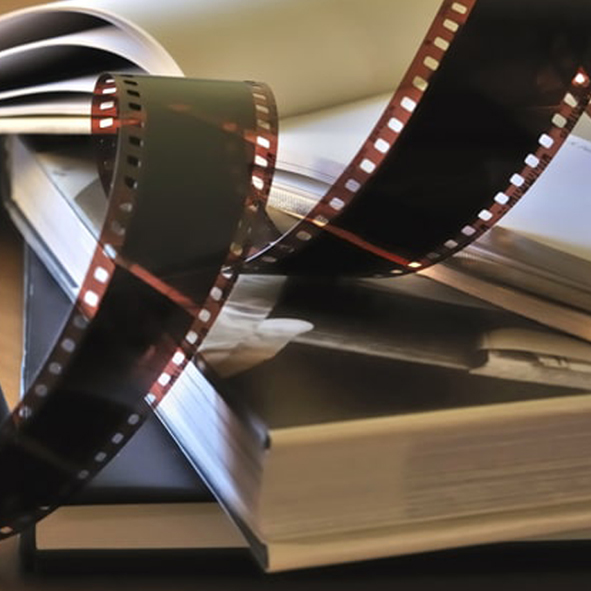
Cite this article

The history of film adaptation of literary works goes back to the beginnings of Iranian cinema in the early 20th century, but most such films began to appear in the second half of the past century, some of which are regarded among the best and most critically acclaimed in Iranian cinema. Examples are Mas’ud Kimia’i’s adaptation of Sadeq Hedayat’s Dash Akol, Bahman Farmanara’s adaptation of Hushang Golshiri’s Shazdeh Ehtejab, Daryush Mehrju’i’s adaptation of Gholamhoseyn Sa’edi’s “Ashghalduni” as Dayereh-ye Mina, and Amir Naderi’s adaptation of Sadeq Chubak’s Tangsir. With an overview of the most important film adaptations, this paper examines the influence of Persian fiction on Iranian cinema and in particular the phenomenon of the development and change in narrative strategies in Persian fiction in the recent decades under the influence of films.


